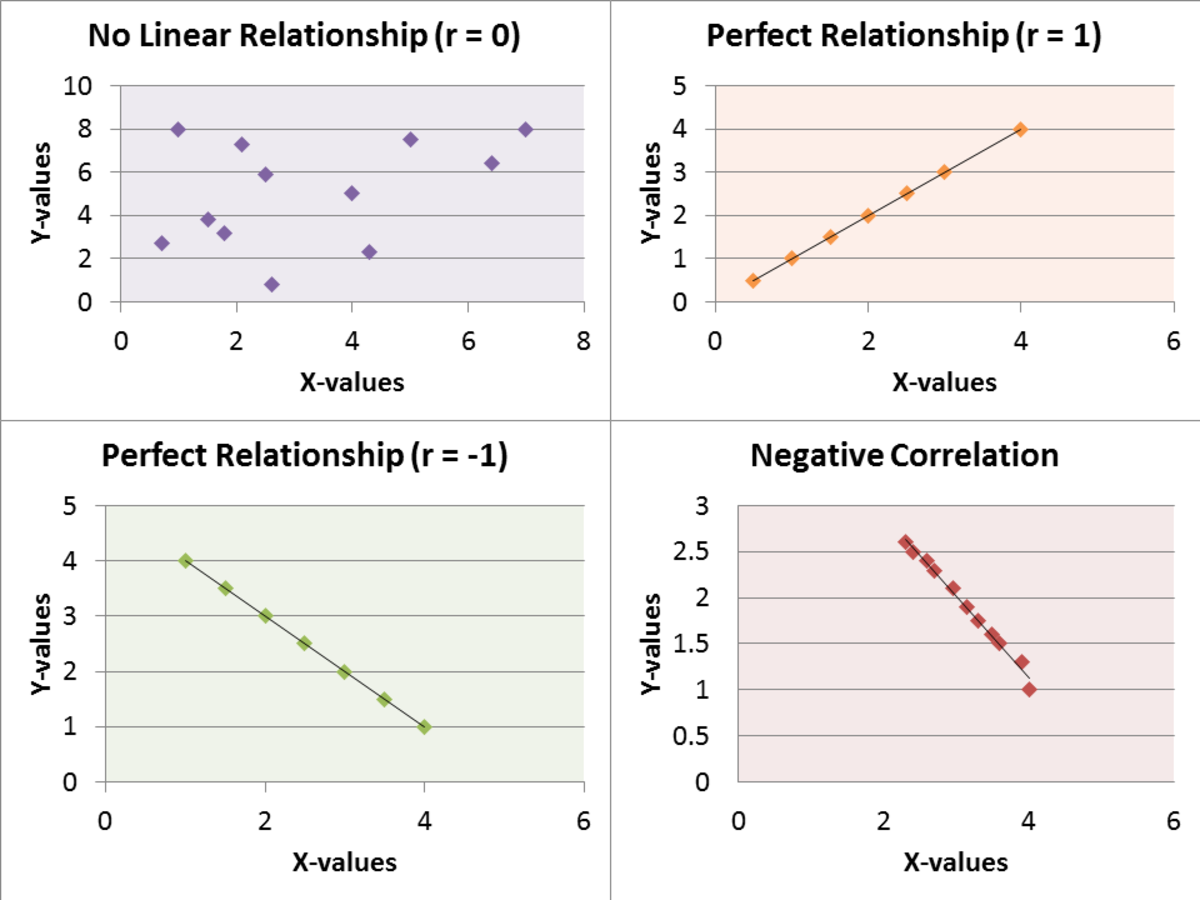Introduction to Psychology Statistic
What statistical procedures are used in psychological research and clinical work? What role do these statistical procedures play?
There are two main branches of Statistical Procedure used in psychological research and clinical work. The first procedure is called descriptive statistics; these procedures are for “summarizing a group of scores or otherwise making them understandable” (Aron, A., Aron. E., Coups. E. 2014, p. 2). There are two types of descriptive statistics; one is the measure of central tendency which deals with mean, median, mode, variance, and standard deviation (Khan Academy, 2014). The second type of descriptive statistics is the measure of spread which uses range, quartiles, absolute deviation, variance and standard deviation (Laerd Statistics, 2013). In psychological research and clinical work descriptive statistics present quantitative descriptions in a controllable form. If there was a research study being conducted on ACT scores then the data the researchers would be using would be descriptive statistics because the student’s scores would be quantitative. The ACT scores would describe the performance of a student on the test without taking into account any other factors.
The second main branch is known as inferential statistics; these procedures are for making conclusions and making inferences based on the numbers from research studies, but that can go beyond the numbers. (Aron, A., Aron. E., Coups. E. 2014, p. 2). In psychological research and clinical work inferential statistics is about making inferences about quantitative data from a sample. For example if a researcher was trying to find out the percentage of dentists that recommend Colgate toothpaste then he or she would create a random sample of dentists and find out which toothpaste they would recommend. If the researcher found the six out of ten dentists recommend Colgate toothpaste then the researcher could infer that 60% of dentists recommend Colgate toothpaste.
References
Aron, A., Aron. E., Coups. E. (2014). Statistics for Psychology Pearson Education Inc. 2014.
Descriptive & Inferential Statistics: Definition, Differences & Examples. (n.d.). Education Portal. Retrieved August 26, 2014, from http://education-portal.com/academy/lesson/descriptive-and-inferential-statistics.html#lesson
Descriptive and Inferential Statistics. (n.d.). Laerd Stastics. Retrieved August 25, 2014, from https://statistics.laerd.com/statistical-guides/descriptive-inferential-statistics.php
Descriptive statistics. (n.d.). Khan Academy. Retrieved August 26, 2014, from https://www.khanacademy.org/math/probability/descriptive-statistics
Journal APA Comparison
For this Journal I decided to and contrast the similarities and differences between “The Internship Crisis: Graduate Students Look Back and Plan Ahead” and “Specific Attitudes Which Predict Psychology Students' Intentions to Seek Help for Psychological Distress”. The first article, “The Internship Crisis: Graduate Students Look Back and Plan Ahead”, came from the PsycARTICLES database and it is a part of the Training and Education in Professional Psychology Journal. The second article, “Specific Attitudes Which Predict Psychology Students' Intentions to Seek Help for Psychological Distress” ProQuest Psychology Journals database and it was written for the Journal of Clinical Psychology.
Both articles are formatted using normal APA formatting; they both have headings, references, structured paragraphs, in-text citations, and both begin by listing the multiple authors and where they graduated from college. However both articles have their own differences in how certain things are formatted. For instance the first article begins with a section titled, Biographical Information for Authors, and an acknowledgement section. Whereas the second begins with a small paragraph that lists the objective, method, results, and conclusions that are in the article followed by a small keyword section that lists five words.
The second article also has sub-headings in addition to the normal headings; for example when the main heading is Method the sub-headings that come next are: participants, procedure, and measures. The main headings in both articles are in bold font however the first article’s headings are blue whereas the second articles’ are black and the second article’s sub-headings are italicized. There is also a slight variation in how the reference pages are formatted. The first article does not have the word references centered, there are irregular amounts of spaces between the words in each reference, there is a line skip between each reference, and the links in the references are hyperlinks. The second article’s reference page is done in typical APA format, the word references is centered, there is no irregular spacing between words, no hyperlinks, and no line skips between references. One final difference in formatting between the articles is the second article has a header with the title, Attitudes towards Personal Treatment, on the top of each page while the first article has no header. Some of the differences in formatting could be due to the fact that the second article is in a PDF document while the first article is in HTML full text.
References
Thomas, S. J., Caputi, P., & Wilson, C. J. (2014). Specific attitudes which predict psychology students' intentions to seek help for psychological distress. Journal of Clinical Psychology, 70(3), 273. Retrieved from http://ezproxy.snhu.edu/login?url=http://search.proquest.com/docview/1494852634?accountid=3783
Wells, S. R., Herbst, R., Parent, M. C., Ameen, E. J., El-Ghoroury, N., Mattu, A. M., & ... FitzGerald, M. E. (2014). The internship crisis: Graduate students look back and plan ahead. Training And Education In Professional Psychology, 8(2), 112-118. doi:10.1037/tep0000042
Chapter 1: Displaying the Order in a Group of Numbers Using Tables and Graphs
The Two Branches of
Statistical Methods
- Descriptive statistics
– Summarize/organize scores from a research study
- Inferential statistics
– Draw conclusions/make inferences that go beyond the scores from a research study
Basic Concepts
- Variable
– A characteristic that can have different values
- Value
– A possible number or category that a score can have
- Score
– A particular person’s value on a variable
Levels of Measurement
- Numeric (quantitative) variable
– Equal-interval variables
- e.g., GPA
– Rank-order (ordinal) variables
- e.g., class rank
- Nominal (categorical) variables
– e.g., gender
n Frequency Tables
- Provide a listing of individuals having each of the different values for a particular variable.
- e.g., stress ratings of 30 students: 8,7,4,10,8,6,8,9,9,7,3,7,6,5,0,9,10,7,7,3,6,7,5,2,1,6,7,10,8,8
Steps for Making a Frequency Table
Make a list down the page of each possible value, from lowest to highest
Go one by one through the scores, making a mark for each next to its value on the list
Make a table showing how many times each value on the list is used
Figure the percentage of scores for each value
A Frequency Table
Grouped Frequency Table
- A frequency table that uses intervals
Frequency Graphs
- Histogram
Shapes of Frequency Distributions
- Unimodal, bimodal, and rectangular
Shapes of Frequency Distributions
- Symmetrical and skewed distributions
Shapes of Frequency Distributions
- Normal and kurtotic distributions
Controversies and Limitations of Graphs
- Failure to use equal interval sizes
Exaggeration of proportions









